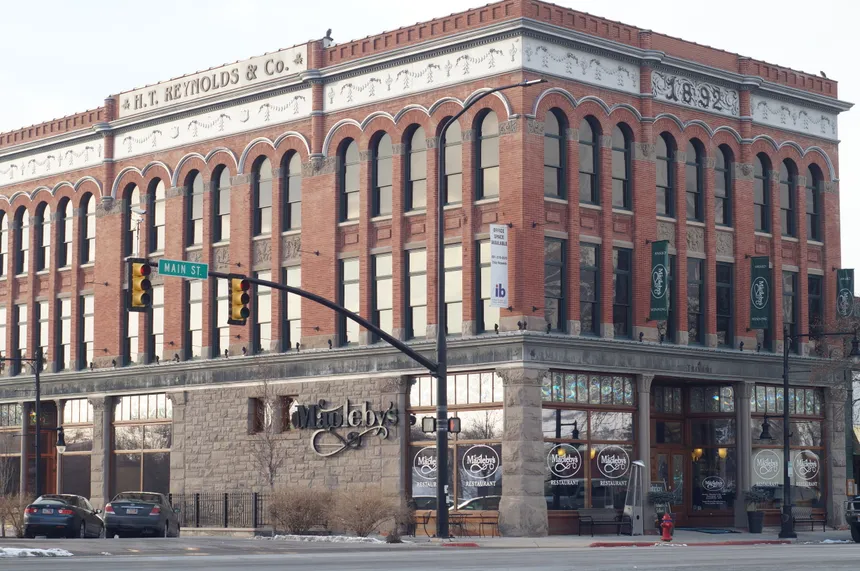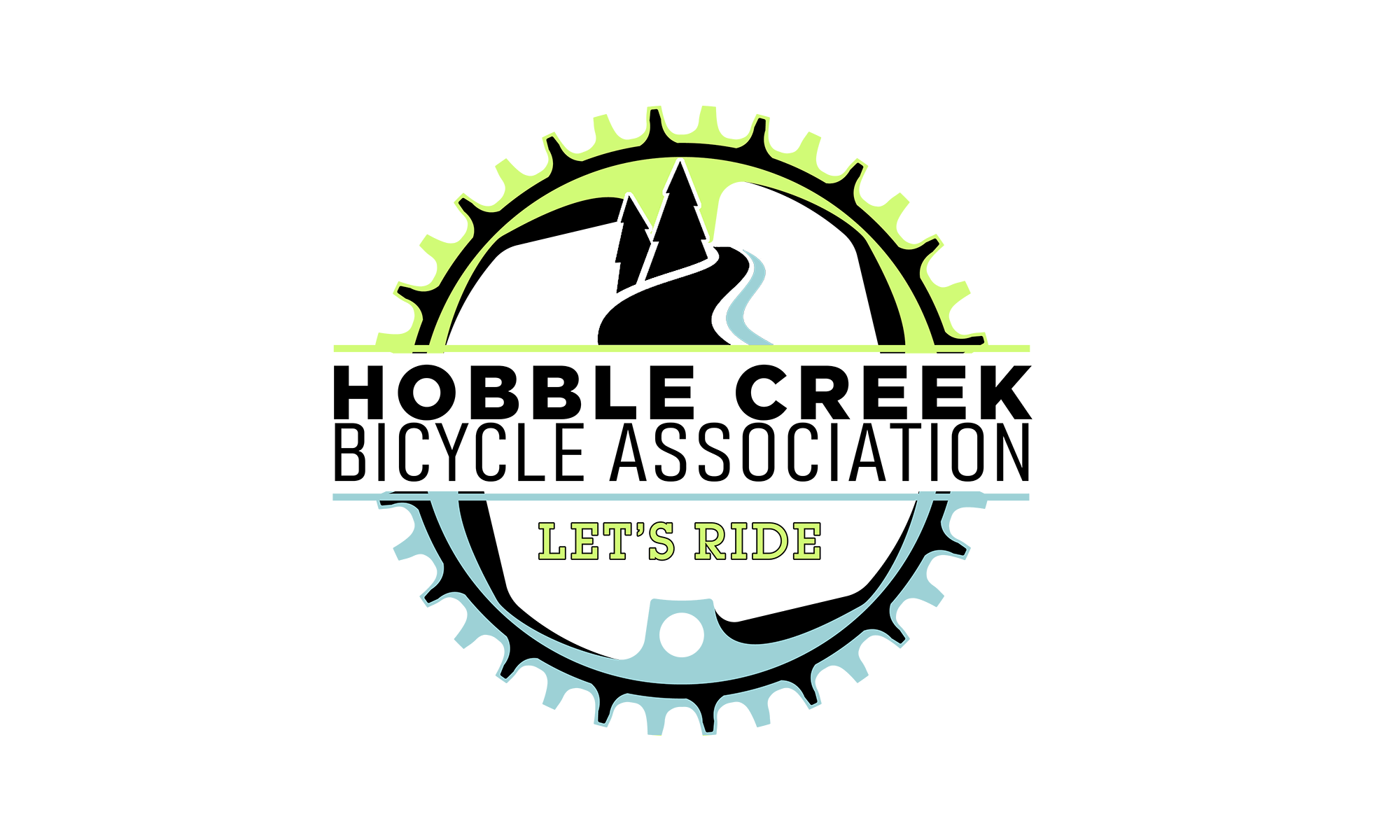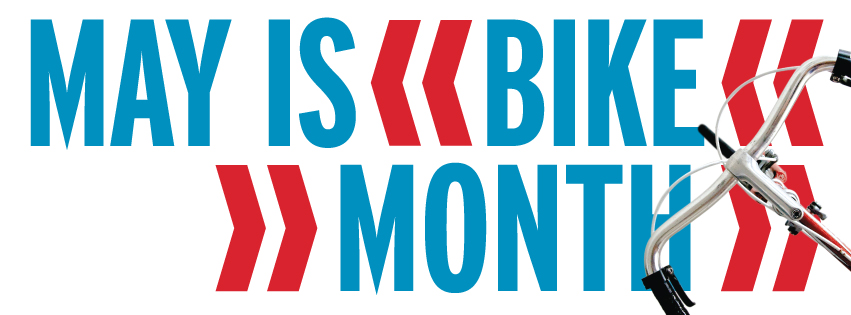I am going to assume that you did not raise your hand. Because, who actually has any level of affinity toward traffic? I think it is safe to say that traffic is one of the most frustrating phenomenons on the planet. It is the year 2023 already. We should have flying cars by now. Which begs the question: Why do we continue to put up with traffic? and, Why do we continue to allow traffic to thrive?
When people live within a reasonable walking or cycling distance of everything they need, the requirement of having an automobile disappears. When automobiles disappear, so does traffic.
TL:DR;
Automobile traffic in the United States of America has been growing for one hundred years now. It started way back in the time of the horse-drawn carriage, or at the end of the time of the horse-drawn carriage. It was the time of the industrial revolution.
Factories were everywhere and people worked in those factories. Many of those people lived near the factories and would get sick. Some smart people realized that the exhaust from the factories probably had a significant impact on the health of the people working in and living near the factories. This led to the idea of creating settlements away from those factories. Thus the housing subdivision was born. Housing developments that were far enough away from factories to keep people from getting sick.
Along with subdivisions came zoning laws. We needed to make sure that people did not live next to dangerous factories. And since we were separating housing from places of work, it only made sense to separate everything else that people needed to get to: schools, groceries, medical facilities, hair salons, etc.
With everything separated, people needed to be able to get from place to place. Since the housing areas were now too far for people to conveniently walk or cycle to, the car was the obvious tool for the job. This ushered in the era of car culture, where every aspect of our city infrastructures became inseparably dependent on the needs of the automobiles that people were using.
Those housing subdivision design concepts and zoning laws that were created almost a century ago live on today in almost every city in America. Another name for these concepts is “urban sprawl“. Springville (and Mapleton), although a smaller and supposedly more quiet town, has not escaped this sprawling design. Urban sprawl is part of “The American Dream“.
Traffic is a result of infrastructure design. Infrastructure design, especially the transportation aspects, affects every part of our lives. Springville (and every other sprawling city) was designed to embrace and encourage automobile traffic.
How can a mixed use development help fix the traffic problems in Springville, Utah?
The mixed use development is an echo out of human history. I am fond of telling people that there are park benches in Europe that are older than The United States of America. We see younger generations of people growing up with a disregard and great disrespect for their elders. In similar fashion we, the descendants of pioneers and colonists who came from Europe, seem to have a similar disregard and even disrespect for where we have come from.
Europe has thousands of years of experience that could be tapped into, if we were willing. Although Europe had the advantage of growing up without the automobile, we can still learn much from how their city infrastructures developed. One of the most common developments that can be seen in Europe is the mixed use development.
The magic of the mixed use building is that it eliminates the need for zoning or urban sprawl. In one building there can be a place of work as well as a place of housing. In a mixed use building next door, there can be a grocery store, as well as a place of housing. In yet another mixed use building on the other side, there can be a bank, or a health clinic, or school, or a barber shop, or a restaurant, with people living above those businesses.
When people live within a reasonable walking or cycling distance of everything they need, the requirement of having an automobile disappears. When automobiles disappear, so does traffic.

Even Springville has a history of employing the mixed use building. Main Street has several buildings that were built for mixed use. Most notable is the H. T. Reynolds & Co. building. It is currently home to a restaurant on the bottom with a couple of floors above it for other uses.
The mixed use development is not the silver bullet that will put traffic out of our collective misery. And certainly one mixed use building will not solve the problem either. However, it is a step in the correct direction.
Other steps include: re-evaluating city approval of urban sprawl developments, parking minimums, redesigning roads with people as the priority and cars as a secondary, redesigning sidewalks to accommodate more people being able to walk and talk side by side, creating walkways that are beautiful and desirable, integrating more ART into more parts of the infrastructure of “Art City“, etc., etc.
What does this have to do with bicycles?
Bicycles are an amazing tool. At one time thought to be surpassed by the automobile, many are now realizing that the bicycle was not surpassed, it was overlooked. The bicycle is a far more friendly vehicle than the automobile. The bicycle does not have astronomical number of pedestrian deaths associated with it. The bicycle costs far less than an automobile. The bicycle provides physical, mental, emotional, and even spiritual exercise. And above all, the bicycle is not a major contributor to automobile traffic.

